Baking is a skill, but some basic tricks and hacks can make you the best chef. Temperature and timing is the key in being a good chef. Making a pizza seems to be tricky, but all that gives flavor and texture to your pizza is when you allow for dough fermentation.
The color and taste of pizza dough are highly dependent upon the fermentation period. Timing differs concerning temperature. The higher the temperature is, the lesser time it would take to rise and be properly fermented. Conditions such as keeping the dough in an airtight container, using heated milk or water to dissolve fermenters such as yeast are also essential.
Another key tip is to divide the dough into small portions and keep them in a heated place for fermentation. It is advised if you are dealing with a relatively large amount of pizza dough. The taste of pizza dough is contingent highly on the ingredients you are using, such as flour, yeast, eggs, oil, and milk.
Using the Right Type of Yeast
Usually, there are two kinds of yeast used by pizza makers worldwide; these are dry yeast and instant yeast. The basic difference is in their method of usage. Of course, the kind of pizza you want to make and the time you have till the meal determines what type of yeast you will use.
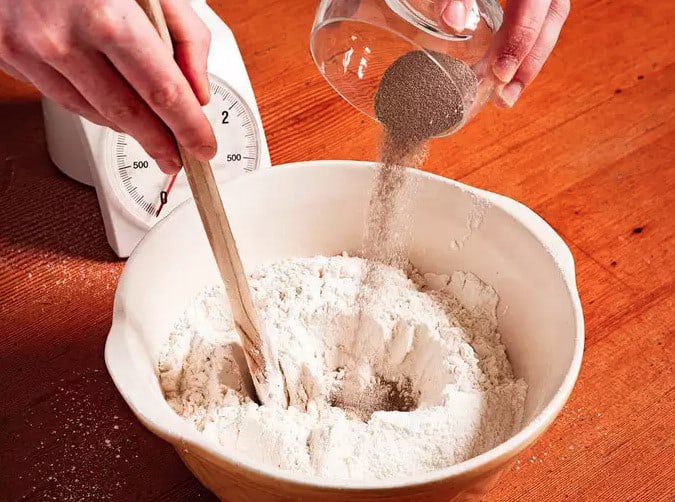
Dry yeast needs to be dissolved in lukewarm milk or water before being added to your dough mixture. Instant yeast, on the other hand, is quick and ready to use, as the name suggests. You need to add instant yeast in dry flour according to the amount required and mix it thoroughly before kneading.
Timings with Temperature
Timing and temperature are the two most important things that you need to understand before baking anything. If you are keeping the dough at room temperature, it is advisable to keep it in an airtight container for almost 5 to 6 hours.
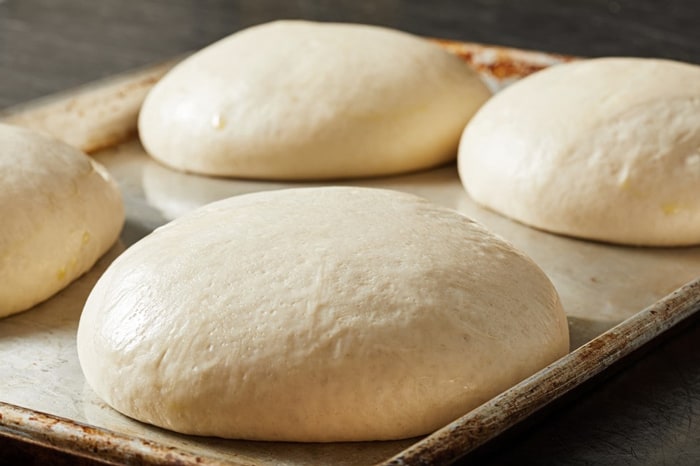
If you wish to keep your kneaded pizza dough in a pre-heated oven of about 100 to 110°C, it is suggested to give it almost 1 to 2 hours for proper fermentation. Keeping the dough in a pre-heated place is essential if the room temperature is too low for proper fermentation or if you have less time for making the pizza.
Thin vs. Thick Crust Pizza
It is quite interesting to know that the pizza crusts two most common types are thin and thick pizza crust. It depends upon the type and timing that you allow for fermentation. A thin crust pizza can deliciously be made if you knead the dough for almost ten to twelve minutes and allow it to sit for ten minutes.
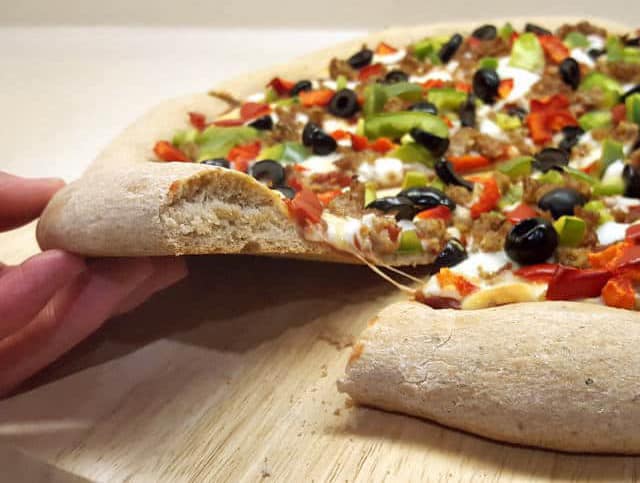
Fill it with the mushroom or sauce topping you want and bake in a pre-heated oven. Contrastingly you can make a perfectly great pizza if you knead the dough, then allow it to ferment and rise in about three hours, and then re-kneading it and allowing it to sit for two hours. Follow this procedure if you are working at room temperature.
Kneading and Re-Kneading The Pizza Dough
Proper kneading of pizza dough makes a proper pizza. Although there are many tools for kneading, hand kneading is most special. Pressing and pushing in the right direction helps to remove any air bubbles present, and it fuses the fermenter well with the flour.
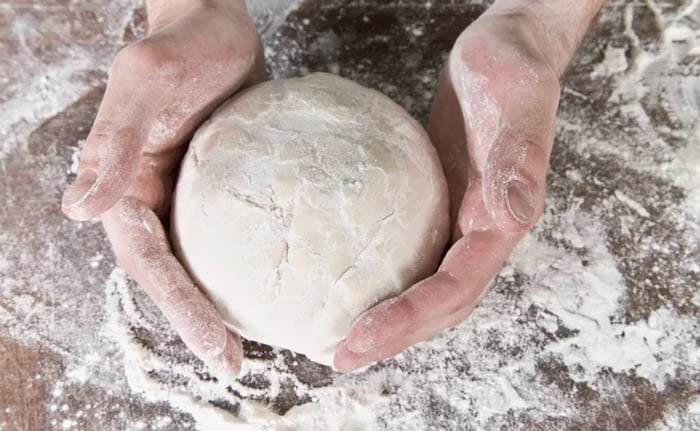
Re-kneading is done when the dough is allowed to ferment for half the time. For example, if your fermentation timing is five hours, you should re-knead the dough after three hours. It would remove all the carbon dioxide and ethanol bubbles accumulated in your dough so it would rise double-sized to the actual in your target timing.
Can You Refrigerate Pizza Dough?
There is another big question about how you can preserve pizza dough if it is completely fermented or even half fermented. The best way is to refrigerate it while keeping the dough airtight using a wrap or an airtight container. If you feel that your refrigerator’s temperature is too low, you can adjust it according to your dough requirements.
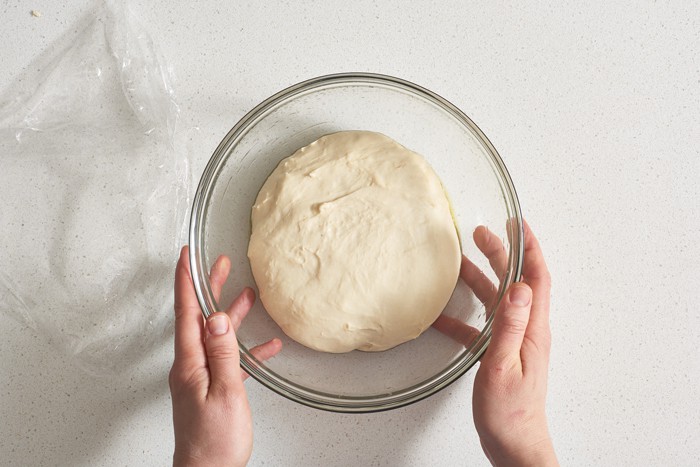
There is a misconception regarding refrigerating the dough that it gets hard. So, in this case, you can put it out thirty minutes before baking so that it would get soft and flexible so you can mold it into shapes of your choice.

